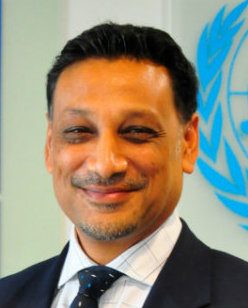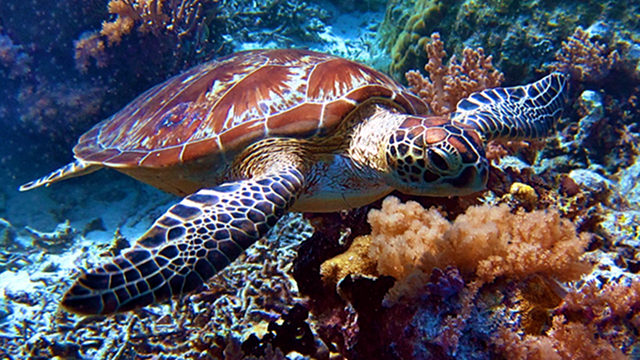SUMMARY
This is AI generated summarization, which may have errors. For context, always refer to the full article.

As presumptive President Duterte’s agenda is progressively developed, International Biodiversity Day offers a timely reminder of the importance of effective management of a country’s natural wealth. Few places in the world are as rich in biodiversity as the Philippines: considered as one of 18 mega-biodiverse countries, harboring more diversity of life per hectare than any other country in the world. This immense natural wealth (and it is a remarkable asset) is however at significant risk. Over exploitation and unsustainable practices, encroachment in forested areas, pollution, over-fishing, poor land management practices, and natural disasters exacerbated by climate change are contributing significantly to an alarming rate of biodiversity loss.
At stake
So what’s at stake? Some 52,000 recorded plant and animal species (the Philippines ranks fifth globally in the number of plant species). A total of 464 reef-building coral species or nearly half of all known coral species in the world. An estimated 10,000 aquatic species or approximately one fifth of all known species globally. In fact, the country’s marine waters are seen as the epicenter of marine biodiversity on earth. (READ: Every Filipino has a role: Taking care of our oceans and seas)
Worryingly, this natural abundance is now on a watch-list of biodiversity hot spots. The Philippines has at least 700 species threatened with extinction. Forest cover has dwindled to a meagre 7.2 million hectares or 24% of the country’s total land area. Only 2% of the coral reef areas are in excellent condition.
These numbers are not just a concern of aesthetics – of preserving natural beauty – but are also a critical economic and social issue. Biodiversity managed effectively can help reduce poverty, preserve livelihoods and traditional lifestyles and can make a significant contribution to national economic growth. Almost 70% of the country’s population is dependent on the environment and natural resources for a living.
Make a difference
These resources utilised sustainably can make a remarkable difference to the lives of many Filipinos. Global sales of pharmaceuticals derived from genetic resources accounts for between US$75billion and US$150billion. A study commissioned by the United Nations Development Programme found that the net present sustainable bioprospecting value of Philippines’ forests is approximately US$36 million annually in perpetuity. The goods and services provided by marine coastal resources of the country is estimated to be over US$556 million annually. And, of course, the correlation between conserving natural beauty and generating significant revenue from tourism is obvious.

If biodiversity management becomes effective, it produces revenue, which in turn provides the financing for biodiversity management. If the condition of the biodiversity of ecosystems are improved, their contribution to resilience building of communities to the effects of anthropogenic and natural pressures (e.g. climate change) is better and their ability to provide ecological goods is increased. These are virtuous circles indeed. So whether it is an economic or social argument or driven by a broader concern to ensure highly diverse areas remain so, it is clear that we must immediately secure and enhance what is left of these resources.
A number of measures can be readily adopted. First, spending on biodiversity has to increase. The current spending of government for biodiversity conservation is 0.08% of the GDP for 2008-2013 and that is only 0.31% of the national budget. Second, immediately secure the remaining pockets of biodiversity. For example, there are 1,816 Marine Protected Areas throughout the Philippines, covering more than 400,000 hectares. The challenge however is that only 10-15% of these MPAs have been effective in protecting the resources in them. Finally, provide the incentives to consolidate and increase R&D investment in characterizing the country’s genetic pool in biodiversity areas. Fast-tracking translation of R&D results to commercialization through the private sector will provide not only significant returns on investment but a strong source of revenue for government. (READ: Hundreds vow to protect marine protected area)
The repercussions of biodiversity loss are much more expensive than the cost of sustaining, protecting and managing biodiversity. The quantity and quality of water, food, pharmaceuticals, energy – almost everything that sustains life – suffer. We need to move quickly to viewing biodiversity as an investment that can deliver significant economic and social returns. It is possible. It is promising. And it would provide a major contribution to both economic development and poverty reduction in the Philippines. – Rappler.com
Titon Mitra is the Country Director of the United Nations Development Programme in the Philippines.
Add a comment
How does this make you feel?
There are no comments yet. Add your comment to start the conversation.